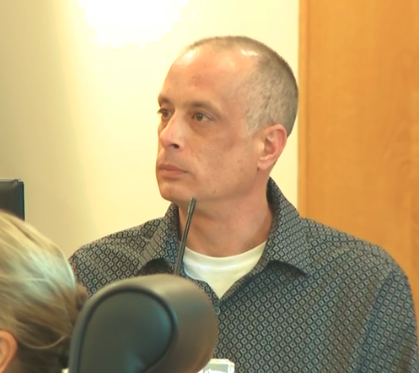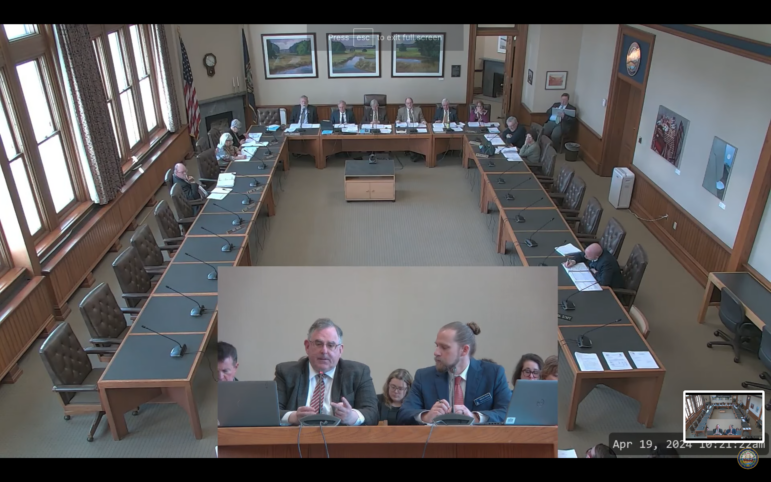Lisa Linowes, a resident of Lyman, N.H., serves as Executive Director and spokesperson for The WindAction Group (www.windaction.org), a national advocacy organization focused on the impact/benefits analysis and policies associated with industrial wind energy development. Ms. Linowes has presented and debated renewable energy issues at numerous venues across the United State and has testified before several Congressional Committees on the topic. She is also a senior fellow at the Texas Public Policy Foundation and inaugural member of the Institute for Energy Research’s Advisory Council. She can be contacted at llinowes@windaction.org.
By Lisa C. Linowes
Dear InDepthNH.org,
After reading NH’s Consumer Advocate Don Kreis’ recent piece addressing New Hampshire electricity rates I was compelled to correct the record on several critical factors omitted from his essay.
1) To his point #1, blaming high electricity rates on the fact that costs are “intrinsically high in this part of the country” is without any basis. Yes, there have been winter periods in some years where market rates spiked. The ISO-NE has taken important steps to address reliability concerns. While these spikes have increased average energy prices in some years, it is also true that we are in an unprecedented and prolonged period of low natural gas prices. According to the ISO-NE’s Chief Operating Officer, natural gas prices averaged approximately $1.61 in October 2019, the lowest seen in a very long time. Cold climates and distances from gas lines do not have to mean high electricity prices.
2) On point #2, NH’s rates may be in-line with the region but to suggest we’re in competition with our 5 neighbors is a purposeless claim. The six states of New England all participate in the same competitive energy market and our wholesale prices are set the same way. It is the delta between the wholesale price of electricity and our retail rates where the problem lies, and this delta is driven largely by state policies and not by our competitive energy market. To be clear, wholesale prices have remained relatively constant since 2009 while we have seen dramatic increases in retail rates.
3) On point #3, new transmission that’s built to address congestion generally lowers rates. There have been incremental increases to cover the upgrades but according to the ISO-NE these costs were just 1.73¢ per kwh in 2018. An on-going concern is that we are seeing new generation built in transmission constrained areas and where generators are only required to pay the minimum costs to interconnect. This creates public pressure to build more transmission on the backs of ratepayers. We need to better understand where our transmission costs are coming from and work to discourage building generation in remote areas, or at least require generators to share more of the costs to relieve any congestion their projects created.
4) On point #4, capacity payments have jumped to address anticipated retirements but Mr. Kreis neglects to mention that these costs peaked in 2018-19 and are abating so the impact is short-lived, and our capacity requirements are dropping. He may be right that New England’s capacity market needs change but it’s not clear a Texas solution will work here. With due respect to Ron Gramlich and Michael Goggin, both are long-time lobbyists for the American Wind Energy Association which has complained for years that intermittent wind is not given more credit in our regional reliability programs.
5) The reference to “massive, federally approved subsidies to legacy generators” is an unfair and misleading representation of the ISO-NE’s efforts to meet fuel demands during cold snaps. The latest ISO program notwithstanding, these costs are typically very low per kwh and short-term which is in direct contrast to the enormous annual costs New Englanders pay for RGGI, RPS, mandated power contracts (including Burgess Biopower), and other state and region-specific subsidies – subsidies that Mr. Kreis omits entirely from his essay! In New Hampshire, our costs could rise even further if state legislators vote for another biomass bail-out or force net-metering up to 5 MW. Regarding the $30 million price tag cited in his essay, New Hampshire ratepayers should be aware that our RPS cost is likely to be 3-times that amount in 2019.
6) Finally, by claiming customers pay bills, not rates, and pushing for more energy efficiency, Mr. Kreis is effectively placing the blame for higher costs on ratepayers while ignoring how state energy policies are driving up rates.
Before pointing the finger at everyone else for our high electricity rates it’s time to cast a cold eye on all the contributing factors and provide the public with a more direct answer for why our rates are so high. We can do much more to reverse our spiraling energy costs, but it starts with an honest assessment of how we got here.
InDepthNH.org takes no position on issues, but welcomes diverse opinions from readers. email nancywestnews@gmail.com





